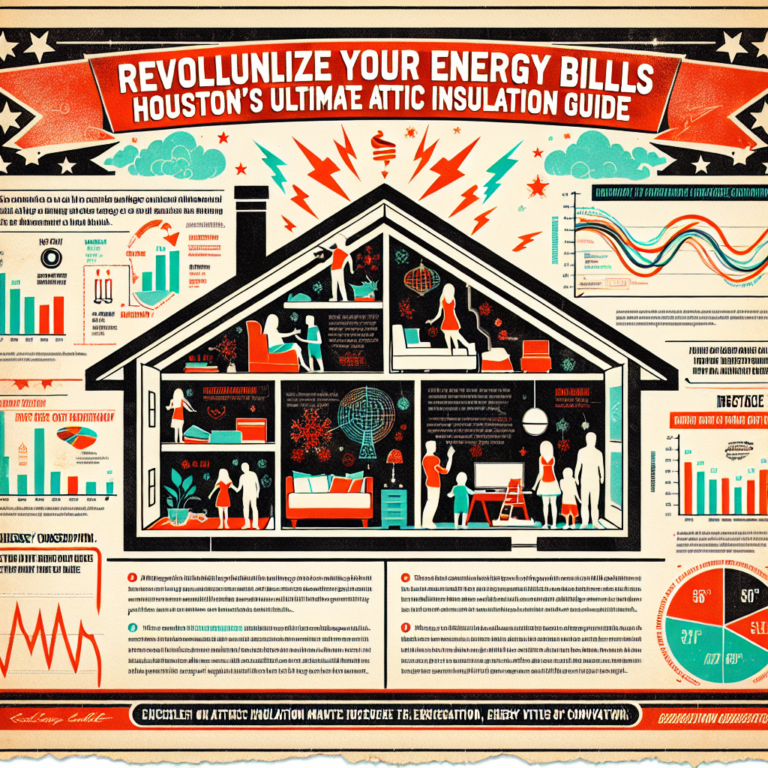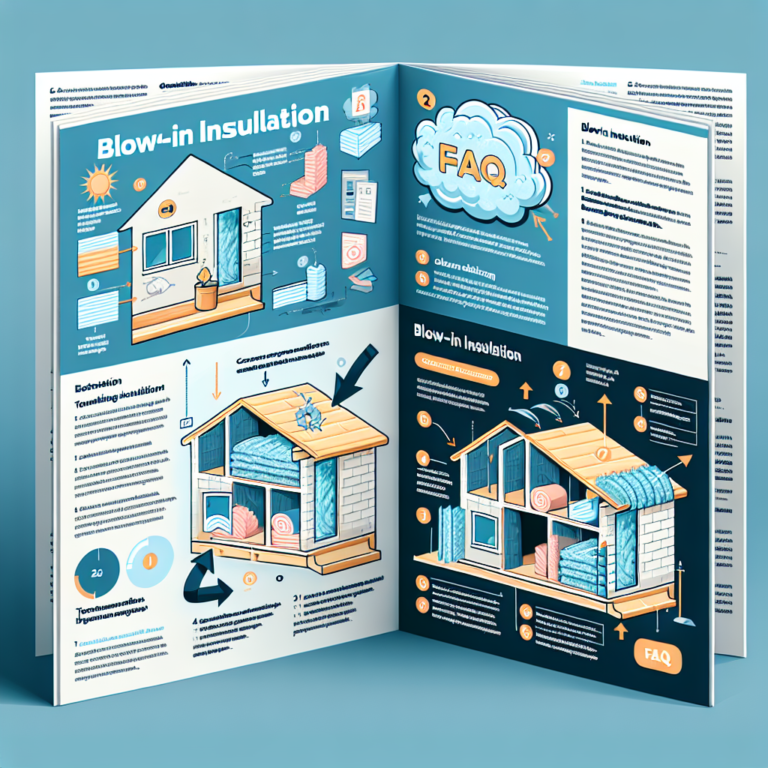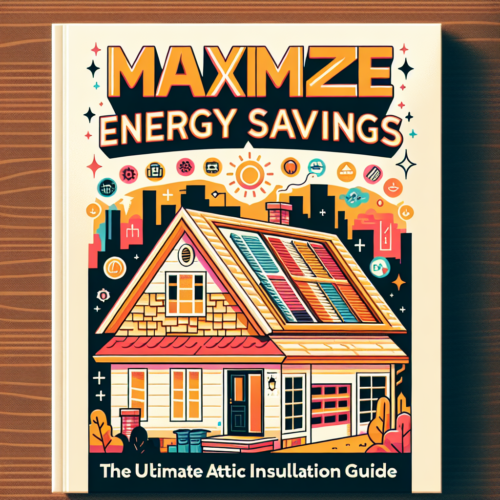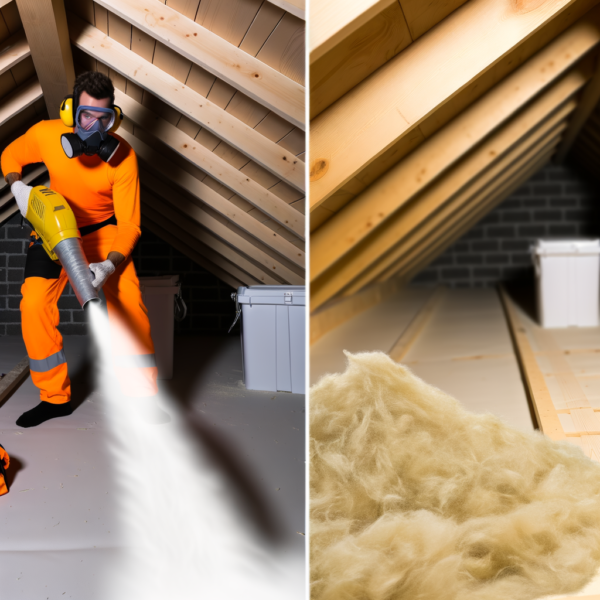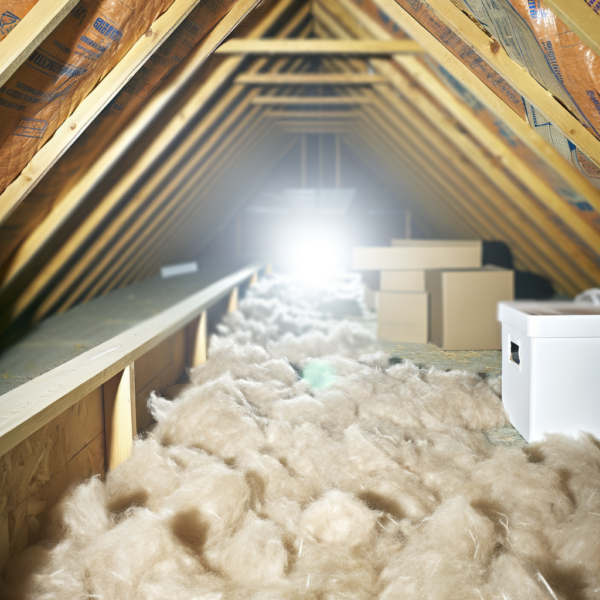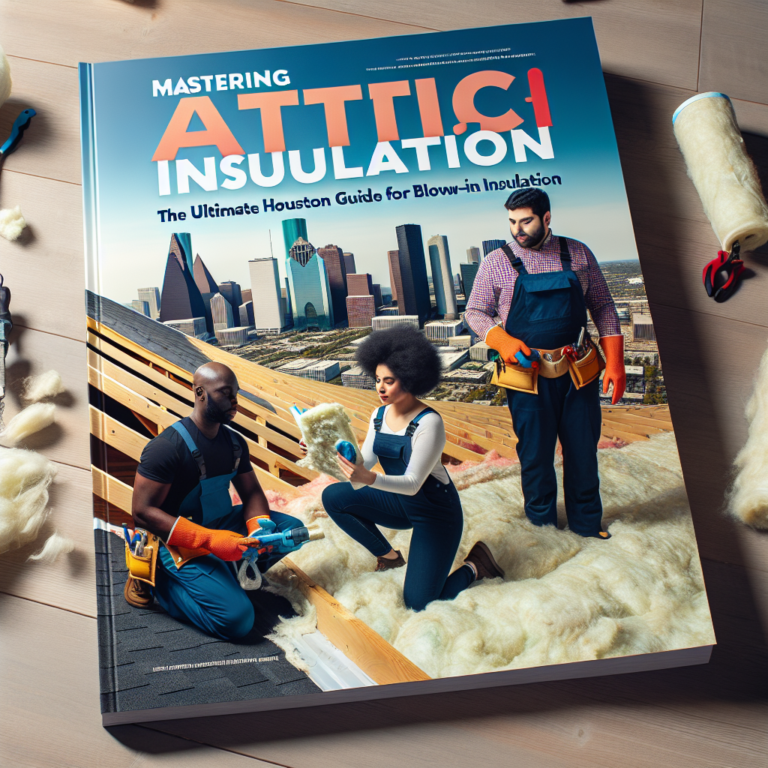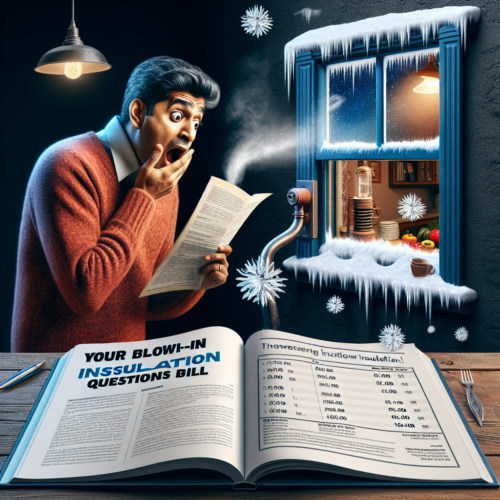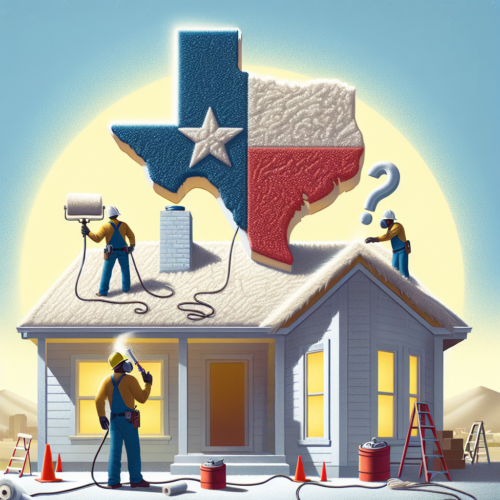Discover the Surprising Cost of Blown In Insulation: Don’t Overspend!
Table of Contents
1. Introduction
2. Benefits of Blown In Insulation
3. Understanding the Cost of Blown In Insulation Installation
4. Comparing Prices: What Affects Your Blown In Insulation Cost?
5. How to Avoid Overspending on Blown In Insulation
6. Conclusion
Introduction
Blown in insulation has become one of the fastest-growing home upgrades for anyone who wants to lower energy bills and improve year-round comfort. Yet many homeowners hesitate when they see initial price tags. In this article, we’ll break down the factors that determine the true cost of blown in insulation, show you how to compare quotes, and offer tips for avoiding hidden fees. By the end, you’ll know exactly what to expect—and how to get the best value.
H2: Benefits of Blown In Insulation
• Superior Air Sealing: The loose-fill material—whether fiberglass, cellulose or mineral wool—settles into every nook and cranny. That tight seal stops drafts and prevents thermal bridging.
• Energy Savings: According to the U.S. Department of Energy, a properly insulated attic can reduce heating and cooling bills by up to 20%.
• Fast, Noninvasive Installation: Technicians blow the material through hoses into attic joists or wall cavities, often completing a 1,500-square-foot attic in a single day.
• Versatility: Ideal for new construction, remodels and hard-to-reach spaces such as cathedral ceilings, knee walls or rim joists.
• Long-Term Performance: Blown in insulation resists settling, sagging and moisture damage better than many batt or roll products.
H2: Understanding the Cost of Blown In Insulation Installation
Before you sign any contract, it helps to know the basic price ranges and what’s included:
• Average Total Investment: Most homeowners pay between $1,500 and $2,500 for a 1,500-square-foot attic with 12–16 inches of insulation.
• Material Breakdown:
– Fiberglass loose-fill: $0.50–$1.00 per square foot
– Cellulose (recycled paper): $1.00–$1.50 per square foot
– Mineral wool: $1.50–$2.00 per square foot
• Labor and Equipment: Installation labor and equipment rental typically account for 40–60% of the total cost.
• Removal of Old Insulation: If you need existing insulation hauled away, expect an extra $0.50–$1.00 per square foot.
H2: Comparing Prices: What Affects Your Blown In Insulation Cost?
1. Size of the Area
• Larger attics or multiple floors drive up both material and labor costs.
2. Access and Layout
• Tight crawlspaces, steep roofs or finished ceilings require extra time and specialized gear.
3. Desired R-Value
• Colder climates demand thicker insulation, meaning more material and higher costs to achieve R-49 or above.
4. Local Labor Rates
• Urban centers and high-cost-of-living areas typically charge more for installation.
5. Contractor Experience
• Certified, insured installers may charge a premium but often provide faster, more reliable service and warranty protection.
H2: How to Avoid Overspending on Blown In Insulation
• Get Multiple Quotes: Aim for at least three itemized bids so you can compare material quality, labor rates and ancillary fees.
• Ask About Rebates and Tax Credits: Federal, state and utility-company incentives can cover 10–30% of your insulation costs.
• Consider DIY Removal: If you’re confident removing old insulation safely, you can save on disposal fees—just be sure to rent proper protective gear.
• Bundle Upgrades: Pair blown in insulation with air sealing, duct sealing or a new vapor barrier to maximize efficiency and share setup costs.
• Check for Bulk Discounts: Some contractors offer lower per-square-foot rates once you pass a certain acreage threshold.
Conclusion
Blown in insulation delivers proven energy savings, improved comfort and long-term performance—but only if you understand what drives the cost. By comparing quotes, choosing the right material and tapping into rebates, you can enjoy the benefits of blown in insulation without overspending. Ready to upgrade your home’s envelope? Use these tips to secure the best deal and start saving on your next utility bill.


